
Dragonfly Part 2
Dragonfly Part 1 noted some amazing physical characteristics and only briefly touched on Dragonfly’s connection with humans (such the group of research engineers intently studying the mystery of their flight abilities). It is true though, that the impact of these unique creatures has deeply touched human cultures on many levels throughout history.
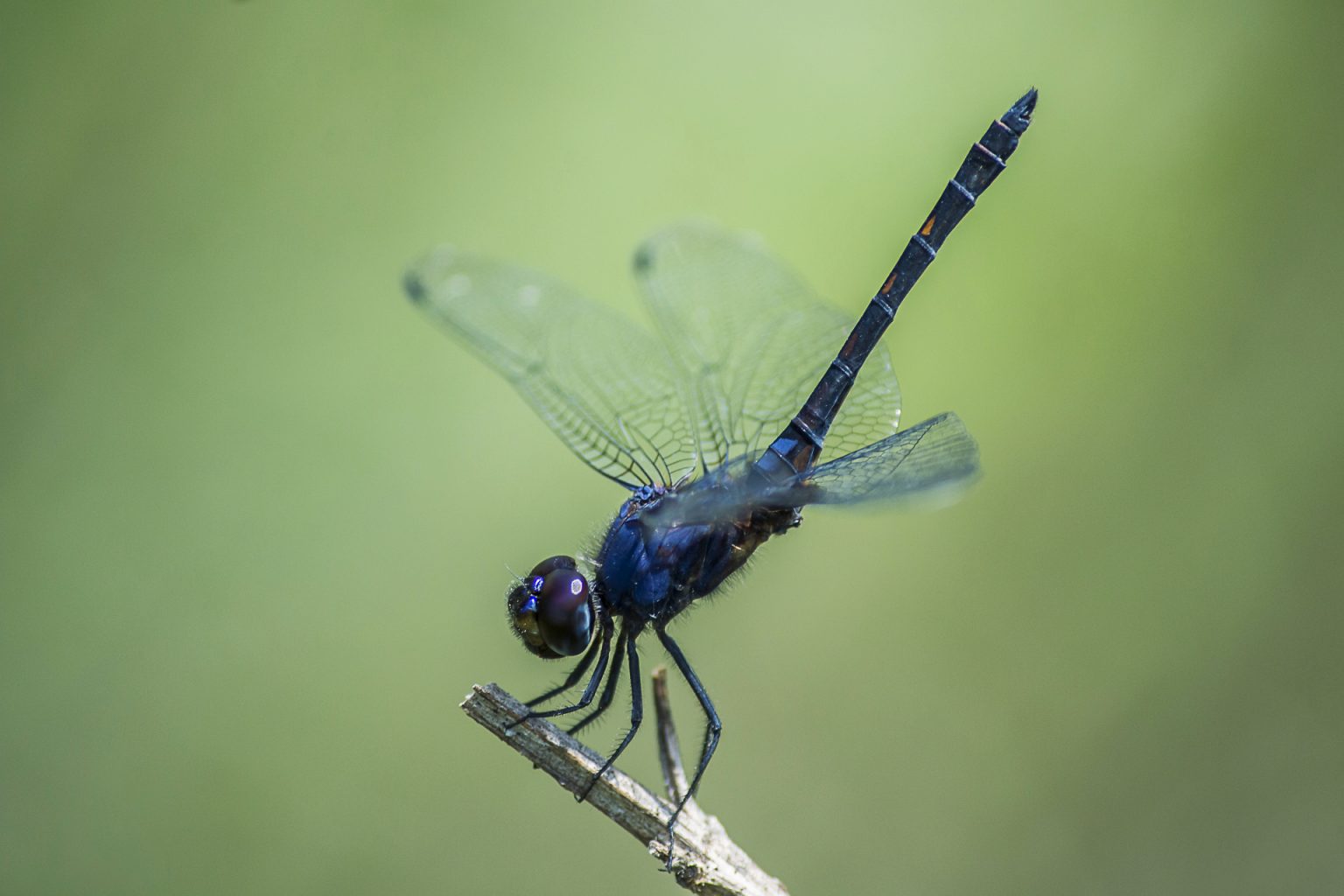
Before delving into the human relations, there is one little mystery we can clear up: “What lies behind the Dragonfly’s Yoga-like pose?” Perhaps you’ve seen it? It’s called the “obelisk position”, almost like a handstand. It is, in fact, an ingenious method of bodily temperature regulation.
Because Dragonflies must have a temperature of minimum 25 degrees Celsius in order to fly, they warm up by sitting on a rock or similar surface in the sun or by shivering their wing muscles to generate some heat.
The obelisk position is assumed by some Dragonfly species when they are overheating. Their tail points toward the sun and the angle reduces the surface area of their bodies being exposed to the heat of direct sunlight, bringing down their body temperature. As ingenious as it is captivating.

The image above is a Dragonfly amulet which is almost an inch both high and wide with a diameter of 3/16 of an inch. This beauty and more like it reside in the Metropolitan Museum of Art. This one was discovered in the Memphite Region of Egypt during an archeological dig in 1915. Experts have traced it to the Middle Kingdom (mid-Dynasty 11–Dynasty 13, ca. 2030–1640 B.C.) which began when Nebhepetre Mentuhotep II reunited Upper and Lower Egypt.
Amulets are small objects made of various materials and often strung on jewelry that were thought to magically imbue the owner, living or dead, with certain attributes or protections. Because so many Dragonfly amulets were found we know the connection between humans and Dragonfly was obviously already fully flowering long ago.

Pictured above is the image of a kozuka which is thought to have been created in the 17th century. The kozuka is a part of the handle of a small utility knife carried within the scabbard of Japanese daggers and swords. It is often elaborately decorated, meant to reveal the status, wealth and style of its owner. On this example, a gilded dragonfly is filling the right side of the kozuka.
The Japanese have a long history of reverence and regard for this insect. There is even an ancient tradition of referring to Japan as “Dragonfly Island”. Apparently the mythological first emperor of Japan (Jimmu) thought Japan had the shape of a dragonfly when he climbed a mountain some 2,600 years ago and viewed it from the top of the mountain.
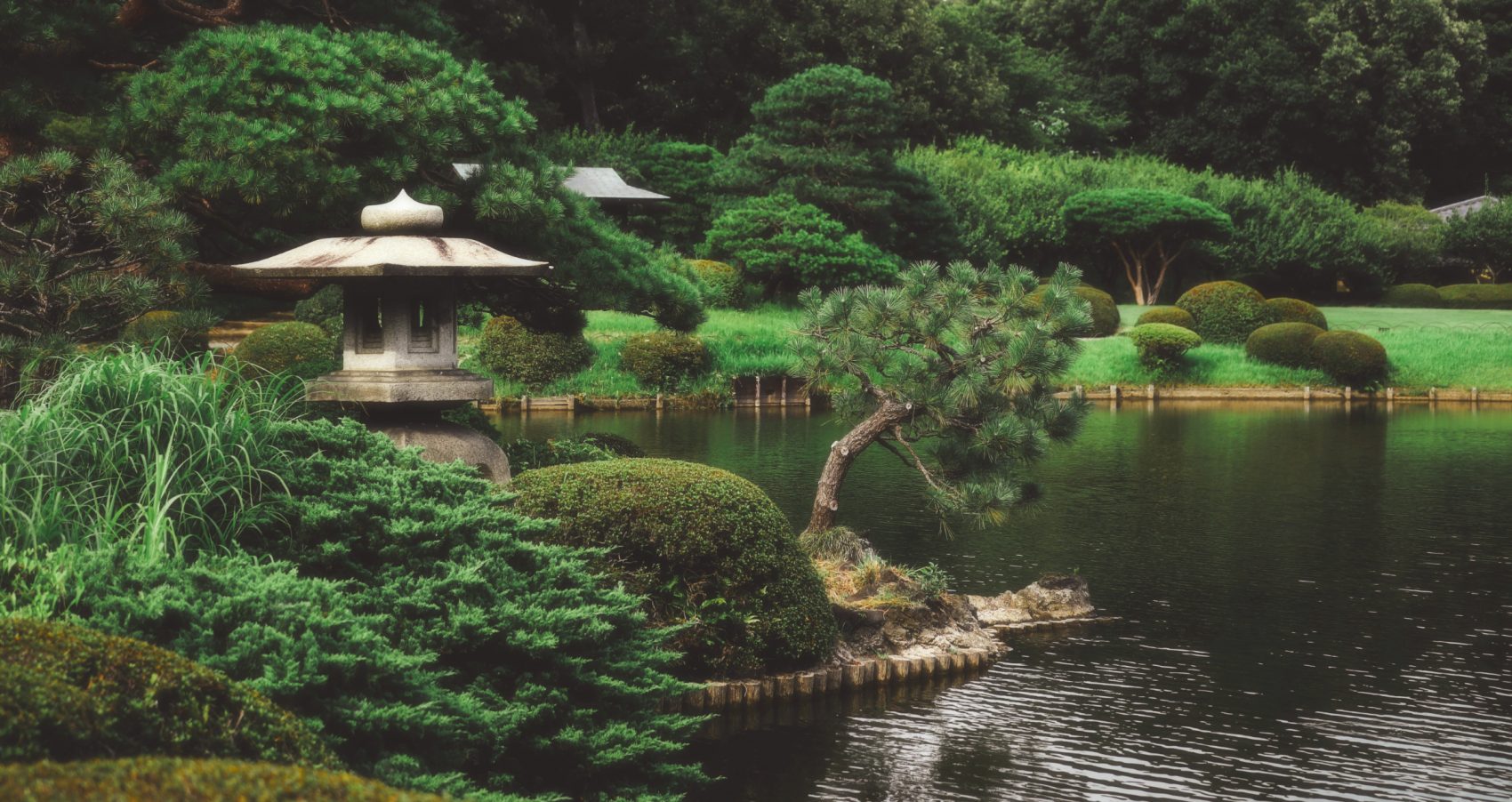
Dragonflies will always be linked with the most famous warriors in Japan – the samurai. The samurai called dragonflies “katsumushi” which means “victory insect or winning bug” because of their superior abilities in hunting their targets. For these warriors the dragonfly symbolized agility, determinedness and victory. Many samurai wore dragonfly motifs on their armor as they marched into battle (which you can still find decorating their helmets and painted breastplates in museums).
On the other end of the spectrum, dragonflies are known for their special relationship with children. Some children of Japan learn a popular song called “Akatombo” which means “red dragonfly”. The idea for the song apparently came from the fact that the Japanese cherish dragonflies as an insect that protects babies from mosquitoes.
Everywhere – from warriors to babies and in between – Dragonfly symbolism is incredibly potent in Japan. It imbues their arts as well as every conceivable everyday object from pens to clothing to machine parts. Even the traditional Japanese gardens provide a wonderful habitat for dragonflies.
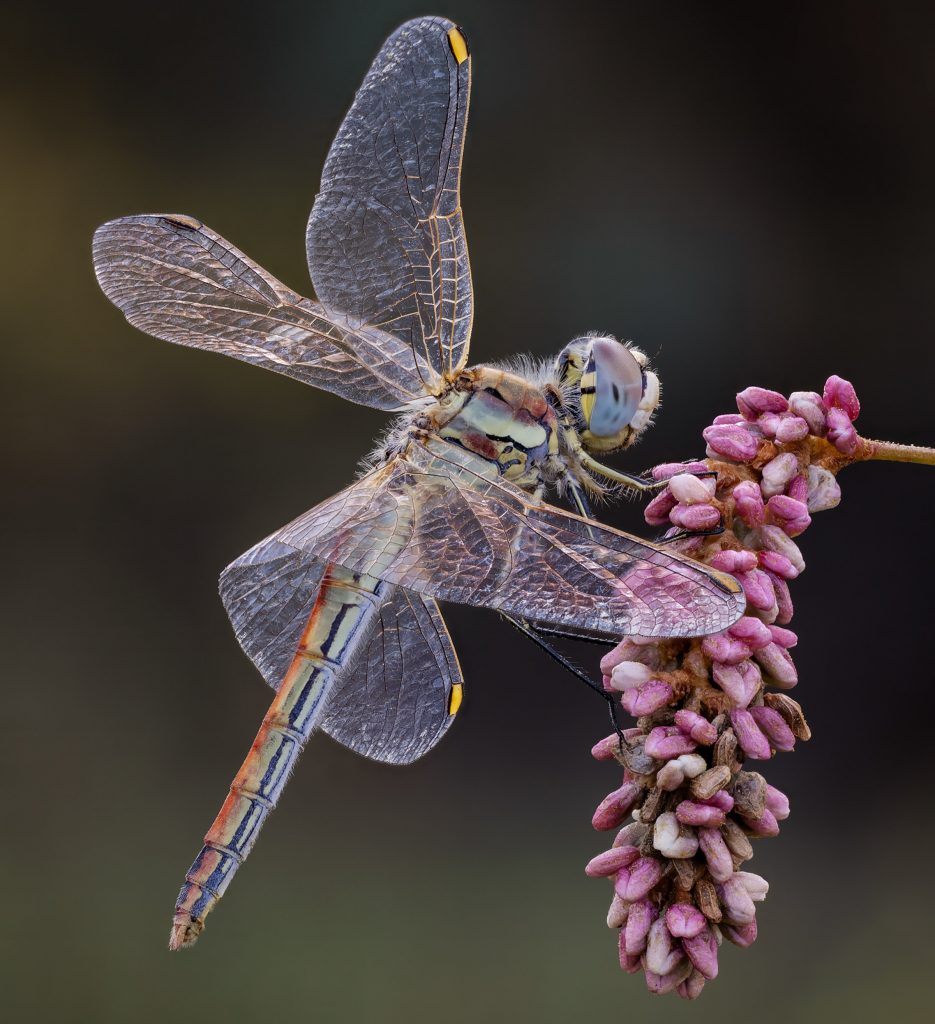
While the Japanese associate dragonflies with autumn, the Hopi are among several Native American peoples who associate dragonflies with spring and its rains. There is an O’odham circling dance song which tells a story of the rains coming as dragonfly skims the surface of a pool of water. The San Juan Pueblo Indians were forbidden to kill a dragonfly because of their belief in its shamanistic powers.
The Native American Cheyenne warriors, like the samurai, held Dragonfly in high esteem. They believed the blue dragonfly provided protection in battle and so painted their images on their equipment as well as on the hides of their war ponies.
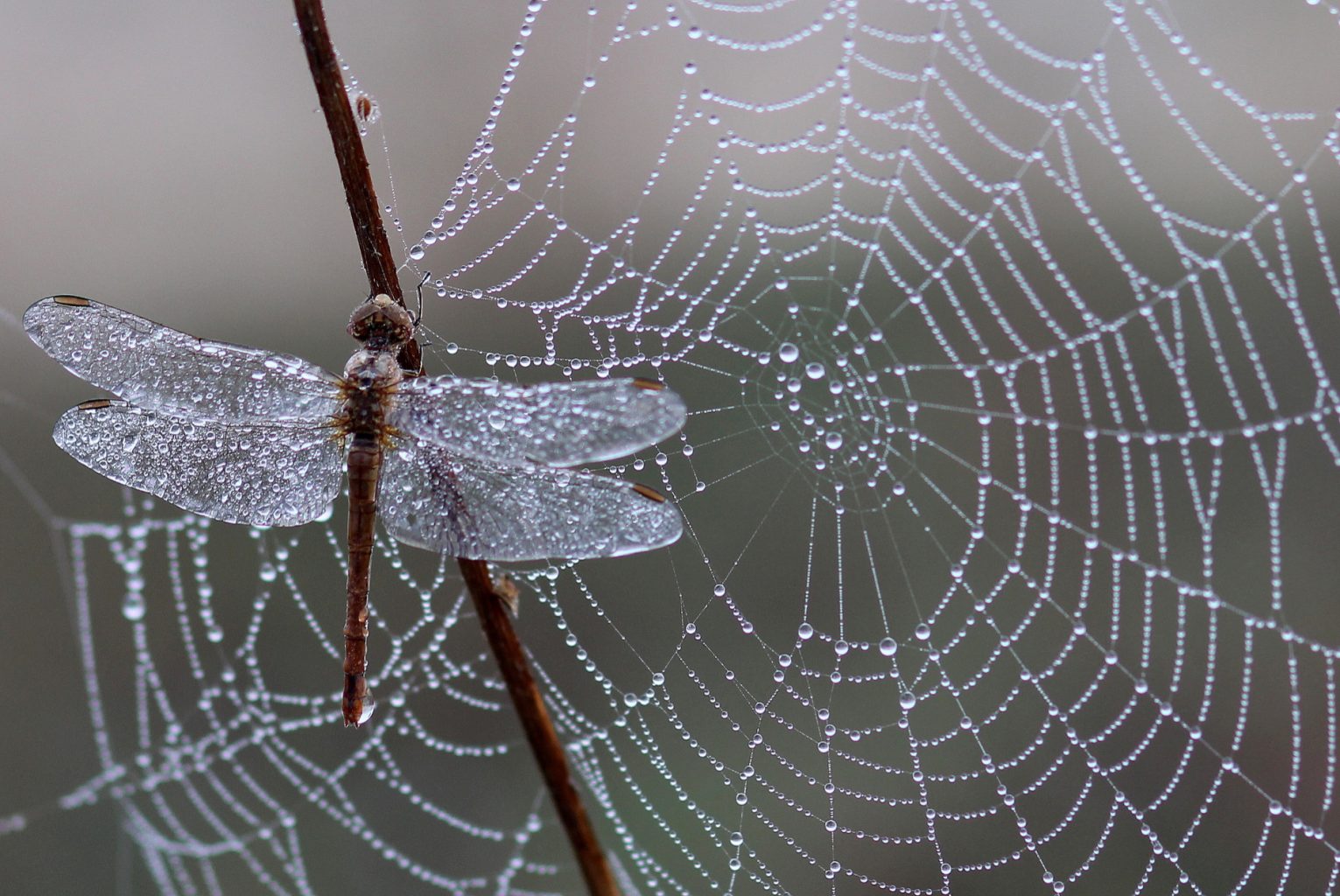
Many of the crosses of Spanish and Mexican origin had double vertical bars and a heart at the bottom because they felt it representative of the body, 4 wings and “big generous heart of the dragonfly who loved the people”.
Here is a wonderful Zuni story, one of several versions, which exemplifies the love many felt for the dragonfly: There was once a horrible drought which occurred because the people of the village somehow offended the Corn Maidens (the beings who are the life essence of maize). The whole village had to move on in search of a new home with fertile soil, inadvertently leaving a little boy and his sister behind. The brother, being older, was trying to find a way to calm his sister. Inspiration struck and he created a little toy in the image of a dragonfly from some of the dry corn husks.
As big brother began to spin a wonderful story about the dragonfly’s accomplishments and adventures, the siblings became caught up in the tale. The dragonfly corn husk came to life and, seeing what had happened to the children, flew south to the Corn Maidens and pled for their rescue. The Corn Maidens followed Dragonfly back to where the children were, bringing with them the rains which allowed the corn to grow again. The flourishing corn crops soon brought the villagers back and they were joyfully reunited with the missing children.
To this day, the Zuni continue to honor Dragonfly by painting its image on pots and making its image into jewelry in thanks for the rains that come every year.
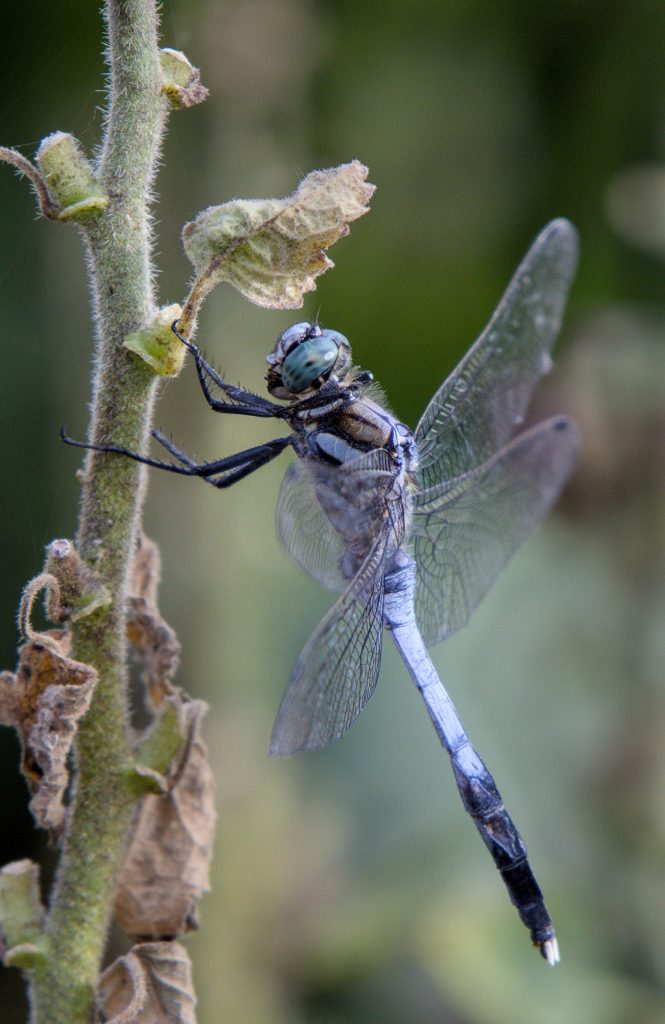
Part of the power of myths and legends is they can reveal insights and spark our minds into new ways of thinking. Carl Jung believed myths were a vessel for hidden truths, revealed to humans in times of need. The Zuni story shows how Dragonfly became an intermediary between humans and the Divine through the boy’s creative imagination.
The presence of dragonflies throughout history has, with a few exceptions, largely positive interpretations having to do with good fortune, harmony and love. Some cultures believe dragonflies represent the freed souls of departed loved ones.
In almost every part of the world dragonfly symbolizes change – mostly change of perspective, a self-realization which leads to mental and emotional maturity and deeper understanding of life.
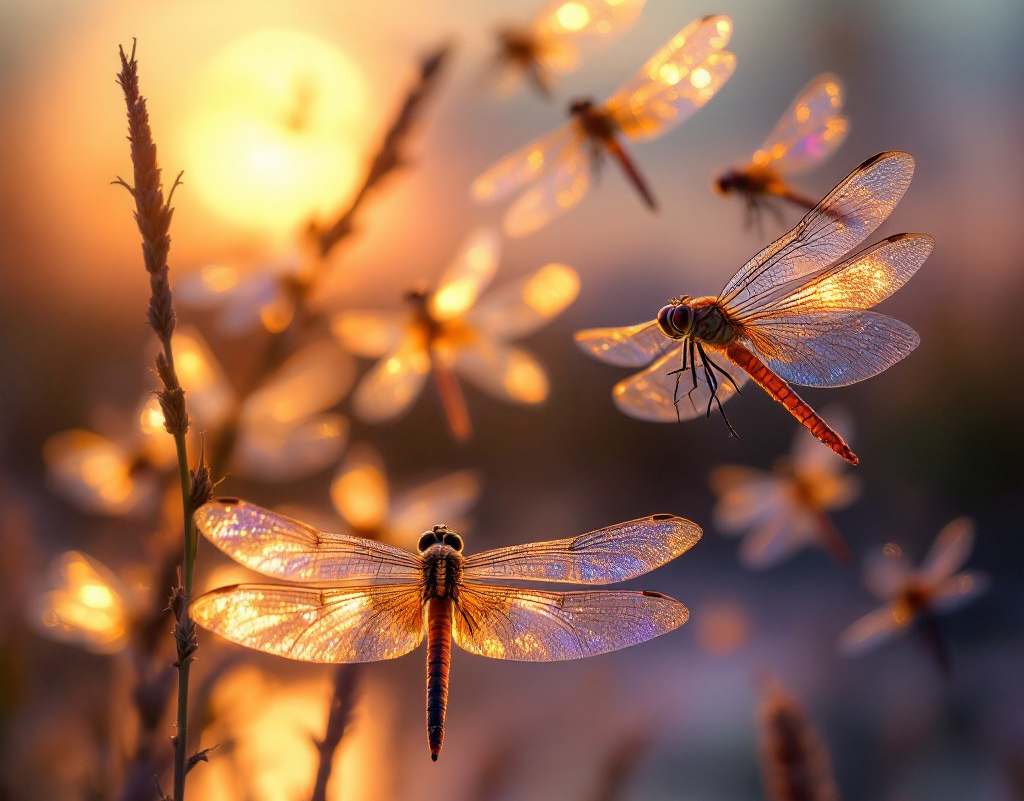
There are still mysteries the in the world and opportunities for each of us to connect with them in our own way. If you’ve ever had the opportunity to stand within a swarm of dragonflies, it is an indescribable, almost transcendent experience, filled with mystery.
While researching dragonfly swarms, one paper that popped up had an interesting heading: “Dragonfly algorithm: A new meta-heuristic optimization technique for solving single-objective, discrete, and multi-objective problems”. Our scientists are busy exploring mysteries in their own way! How will you explore yours?
